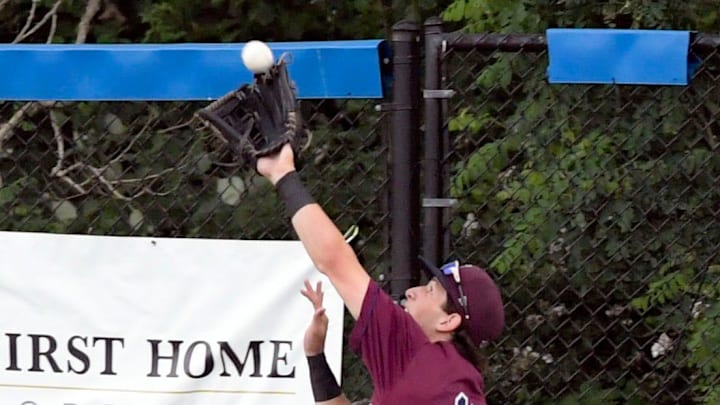After a stellar 2021 season where they lead the entire Major Leagues in wins with 107, the San Francisco Giants have the final pick of the first round in the 2022 MLB Draft, the 31st pick to be exact. Why 31st pick when there are only 30 MLB teams? It is because the Mets will pick twice in the first round in this year's draft. After all, they failed to sign their first-round pick last year, Kumar Rocker.
2022 Draft Prospects The San Francisco Giants Could Target
The organization finds itself in a brand-new situation draft-wise because they have never picked in the bottom third of the draft, let alone the final pick of every round. A not-so-welcome consolation prize for having the best record in the big leagues. This creates a unique situation in terms of their drafting because their bonus pool money will be one of the smallest, if not the smallest, which limits their flexibility to spread their bonus pool around. It also opens up potential unknown draft tendencies, but if there's a front office and amateur scouting department that is trustworthy, it's a good bet to trust Michael Holmes and company.
Before we get started talking about the draft prospects who could be targeted by the Giants come July, listed below are the draft tendencies that were mentioned in the previous article.
- Drafting for organization depth needs
- Drafting pool-saving college picks early
- Taking legitimate first-round talents with their first pick
- Not afraid to sign college prospects to day two over-slot deals
- Drafting young-for-the-class first-rounders
- No age preference for high schoolers
- Drafting power hitters regardless of the level of education
- Drafting toolsy but raw high school position players
- Preference on pitchability but dynamic and deceptive high school pitchers
- Strong walk rates are almost a must for college position players, strikeout rates are tolerated as long as there is plenty of raw power
- Fluid college pitching preference but velocity and new pitching terminologies are kings
To be honest, a thorough analysis in this year's draft class has not been done yet but sites like Baseball America, MLB.com, Prospects Live, and my good friend Brian Recca's rankings will be a helpful resource for choosing the prospects. Without further ado, let's get to it.
